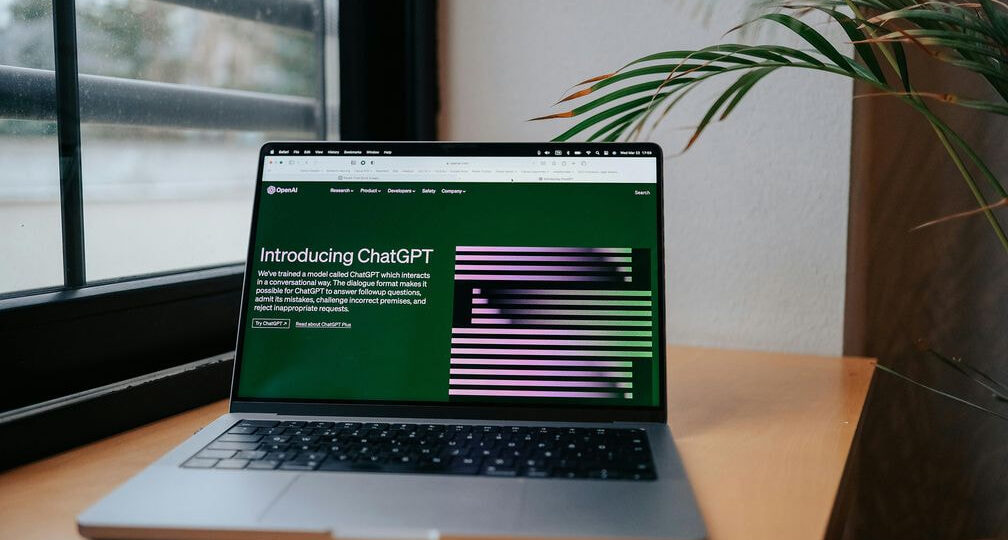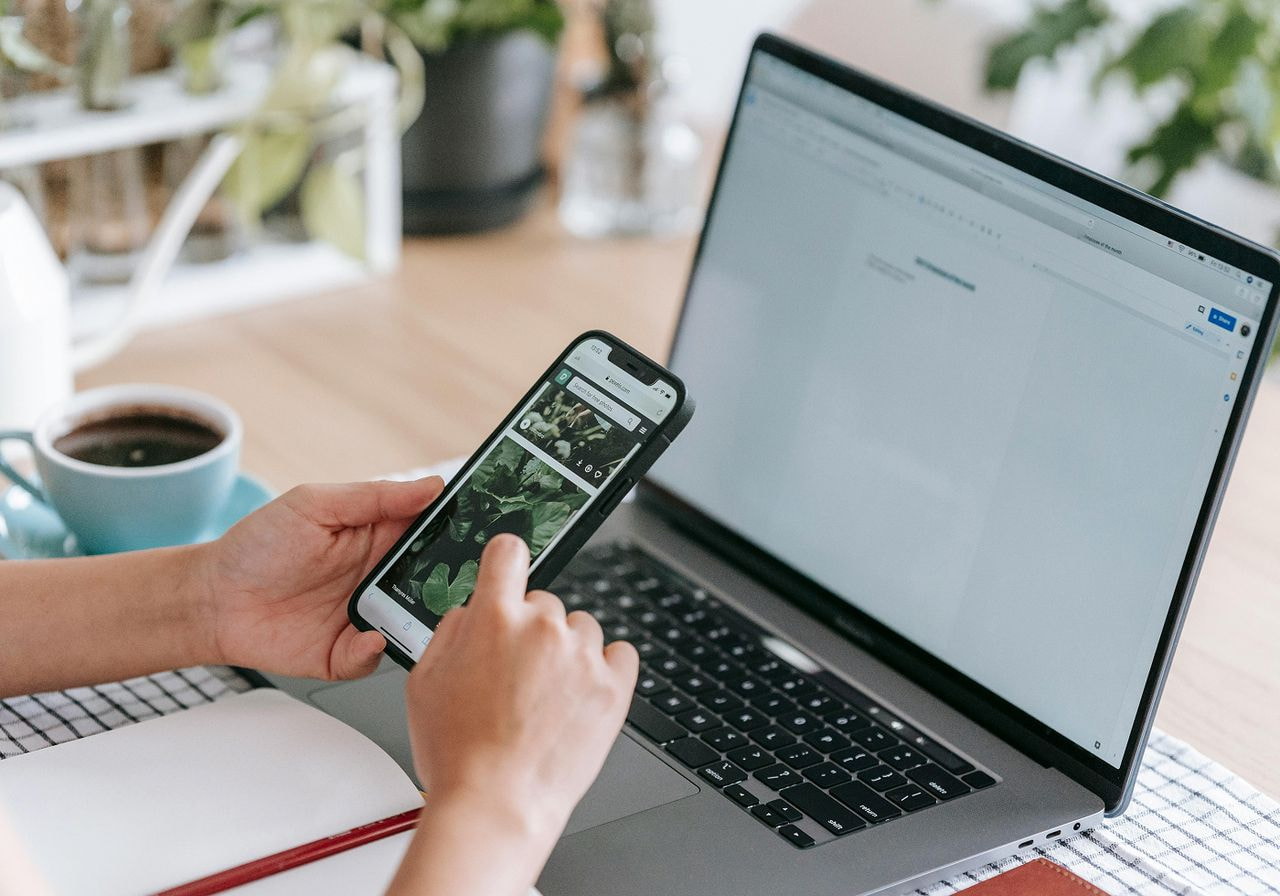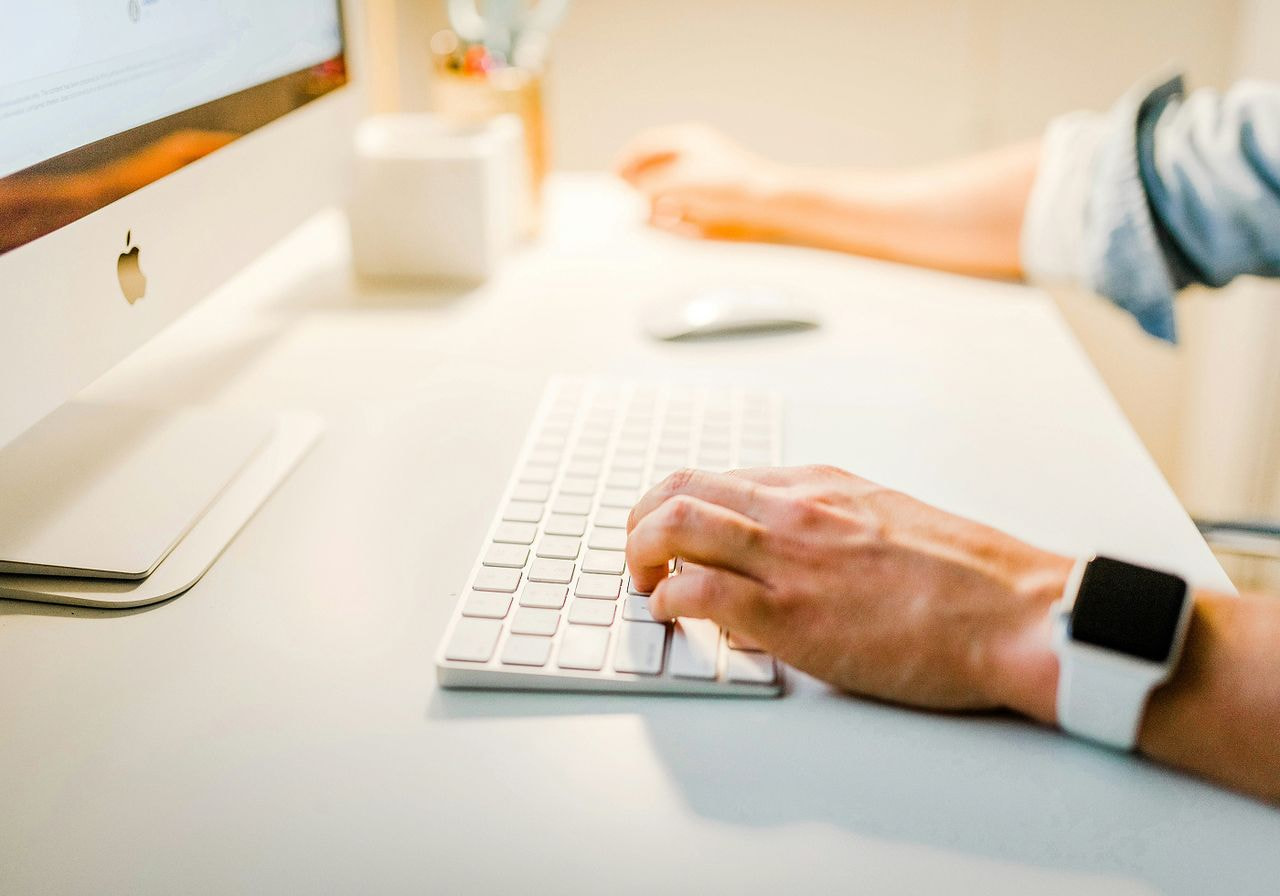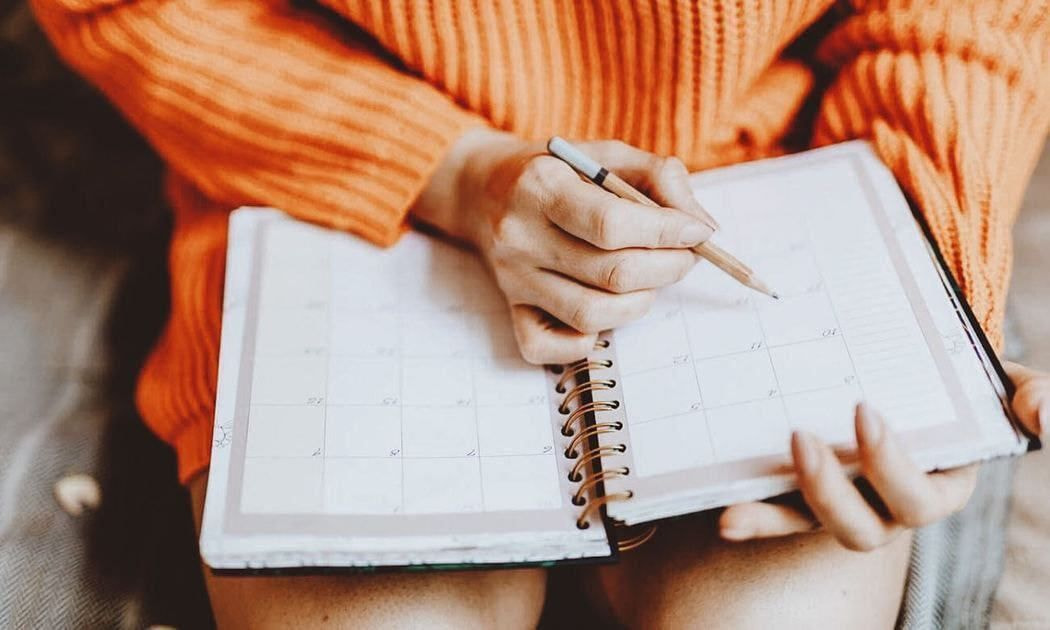How to write prompts for AI art (with examples)
August 23, 2025 | by deven.khatri@gmail.com

The anatomy of an effective AI art prompt
An effective AI art prompt is detailed, clear, and gives strong creative direction. Here are 5 key parts to creating a prompt that all AI image generators will understand.
Here’s an AI art prompt formula you can copy:
[Subject + Action] + [Style/Artistic Influence] + [Mood] + [Lighting] + [Composition/Framing] + [Modifiers]
1. Define the subject and action
When you write AI art prompts, start with the main subject – who or what is in your image? Then give it a setting and a little action.
Ask yourself:
Instead of: “A cat,” write “a fluffy orange cat sleeping in a sunlit window with flowers on the sill.”
Detailed AI art prompts with descriptive language generate more accurate and useful visuals, especially if you’re designing for products or branding.
2. Add style or artistic influence

Style directs the AI on how your image should look and feel. When you prompt AI, clarify the artistic style you’re going for – this adds personality and visual coherence to the AI art generation.
To guide style effectively, include:
-
Art movements: Impressionism, surrealism, cubism, vaporwave
-
Mediums: oil painting, watercolor, pencil sketch, vector art
-
Artist references: “in the style of Van Gogh,” “like a Studio Ghibli animation”
-
Cultural or time-based aesthetics: 80s retro, medieval, cyberpunk
Layer these with your subject to steer the final look. For instance:
Example prompt: “A futuristic samurai in glowing armor, standing in the rain, cyberpunk style, digital painting, inspired by Blade Runner.”
This tells the AI exactly what mood, composition, and visual tone to target: ideal for creating standout designs for branding or products.
3. Set mood, lighting, and color
Mood and lighting shape the emotional tone and style of your image. Color palette ties everything together visually.
Add details like:
-
Mood: tranquil, chaotic, romantic, mysterious
-
Lighting: soft backlight, harsh spotlight, glowing edge light, ambient shadows
-
Color: pastel tones, neon accents, grayscale, warm or cool contrasts
These details push AI toward a specific vibe or atmosphere for art generation – it deepens your storytelling.
Example prompt: “A peaceful forest trail at dawn, with mist and warm sunrise tones filtering through the trees.”
4. Describe composition and framing
AI art composition refers to how elements are arranged in the frame. Framing decides what the viewer notices first. Think like a photographer or a cinematographer – placement, perspective, and crop all change the story.
Details to include:
-
Camera position: overhead, side view, close-up, distant shot
-
Aspect ratio: square (1:1), vertical (9:16), cinematic (16:9)
-
Framing terms: centered subject, rule of thirds, off-center focus
-
Lens types: 35mm for realism, fisheye for distortion, macro for detail
Example prompt: “Close-up of hands painting, top-down view, natural light.”
Strong image composition makes your AI-generated image more dynamic and usable for digital products.
5. Use extra modifiers and keywords

Modifiers give you creative control by refining style, resolution, and output format. They also tailor results for platforms like Etsy, Redbubble, or Printful.
Use modifiers that match your art form, whether you’re aiming for digital art, abstract painting, or minimalist designs.
Try:
-
Resolution: high detail, 8K, ultra-HD
-
Rendering engines: Unreal Engine, OctaneRender
-
Keywords: minimalist, hyper-realistic, vintage poster style, flat design, vector graphic
-
Platform cues: trending on ArtStation, Pixiv style, Behance concept art
Example prompt: “Geometric wolf head, digital art, white background, vector style, clean lines, symmetrical design.”
Use modifiers to align your output with specific commercial or creative goals.
RELATED POSTS
View all



